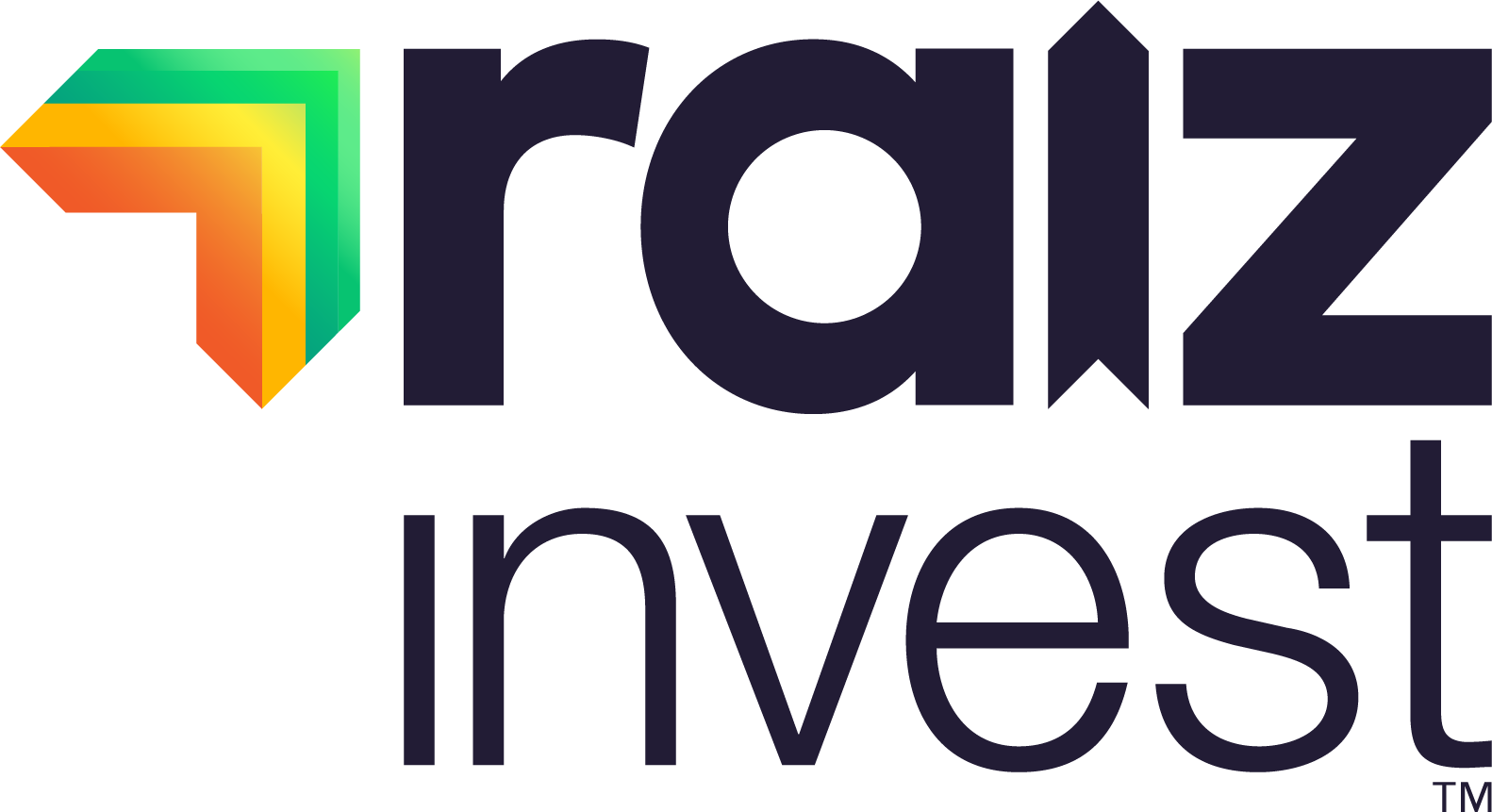RBA Cash Rate rise – What does it mean for me?

The RBA has raised the cash rate for the first time in 12 years and that’s big news. The cash rate went up by 0.25% in May 2022 and is currently sitting at 0.35%. Hopefully it means higher term deposit rates, but for those with property, it also means higher home loan rates.
The prediction is that mortgage rates will increase by 2.00% over the next couple of years, which will add $192 more per week in repayments to a $500,000 loan.
What happened?
The RBA has increased the Cash Rate Target (“the Cash Rate”) to 0.35%. The RBA Governor Philip Lowe said that over the next 2 years, he expects a series of rates rises, with the Cash Rate likely to be closer to 2.50%, and that borrowers should use this in their benchmark in cashflow budgeting.
How does this translate for borrowers?
The Cash Rate is linked to the Australian financial system and it impacts deposits, and as a result, loans. If the Cash Rate increases to 2.50%, banks are likely to increase deposit rates to close to 2.50% p.a. The banks will then use deposits to help fund their home loans. Given banks want to make a profit, the home loan rate will always be higher than the RBA cash rate. That means if the RBA raises rates to 2.50%, perhaps the variable rate will be closer to 4%.
Increasing home loan rates will impact your borrowing power
Did you know that the banks are required to add a buffer of 3.00% p.a. to the current home loan rate when calculating what loan you can afford?
Let’s say you have a 4.00% home loan rate in 2023 if the RBA cash rate continues to rise. The bank will add this 3.00% to the 4.00% and use a rate of 7.00% to calculate what you can afford. This means people won’t be able to borrow as much compared to when the assessible loan rate was 6% or lower.
Rising rates is not a reason to panic
It is worth keeping in mind that banks have been calculating borrower’s capacity to repay loans at 5.00%+ p.a. for several years now. So, if people keep their jobs, many can continue to afford the mortgage repayments, although they may need to reduce a few luxuries from the monthly budget.
Who is most affected from the rate rise?
While everyone with a mortgage is affecteed, those who have purchased in the last 12 months may especially feel the pinch. Approximately 286,000 home sales occurred in the last 12 months out of the 8,900,000 private residences across Australia (source: realestate.com.au). This means that most existing homeowners are sitting on increased equity in their homes as prices have gone up in recent years across Australia. This acts as a buffer for losing any real equity in their homes (source: 2016 Census) .
That means if house prices do come off 10% to 15%, it gives a lower entry price for first home buyers and growing families who need more space.
Why is this interest rate rise happening now?
Inflation is the key driver for the increases to the RBA Cash Rate as the RBA sets an inflation target of 2.00% to 3.00%. The latest report in April 2022 is 3.70%, with expectations that inflation could go above 6.00% in 2022. But that said, much of the inflation we have been experiencing has been structural in nature.
Below are some examples of the structural causes of the inflation within our economy:
- The semi-conductor shortages have reduced the supply of cars and increased the costs.
- Around the world, COVID has meant lower production of things as people have taken up to two weeks off, before going back to work. And there simply haven’t been enough workers in many industries.
- China maintains a COVID zero policy, reducing the number of workers available to build things for the world markets.
- A carrier ship with thousands of new cars, bound for Australia, recently sunk. Across almost all brands you will wait between 4 months to 12 months for a new car, and dealers are ratchetting up prices for existing stock.
- In 2021, the North American and Brazilian forest fires meant less timber internationally, but with the same levels of demand. This will take a couple of years to recover, whilst building material prices have gone through the roof.
- The trade war with China has meant western countries are looking to source some goods elsewhere, but COVID has meant other places aren’t ready to manufacture these things.
- The war in the Ukraine has further strained supply chain issues.
- Normal demand is still there, but the supply of goods isn’t there to match.
- Retailers pass on the price rises and don’t discount at all, or even add extra for themselves. Therefore, prices go up.
All these things will take time to resolve. Between months and years. Just imagine how long it takes to create a new factory in a new country. You need to find a location, negotiate to purchase it, get plans drawn, then building approvals, then build it, fit out the building with machines, desks etc, then employ and train new workers. All the while, costs are rising here in Australia, and workers are starting to ask for pay increases to make up some ground.
Key takeaways
While inflation hangs about, the RBA will begin to raise interest rates to combat it. And with both the trade wars and military wars sticking about in the global headlines, inflation will likely be baked in for a while, so plan accordingly.
Those with mortgages or looking to buy a property will need to start to putting aside more. Despite this, we believe that many Australian households will be able to manage the increase in interest rates.
— — —
If you would like to find out more about Raiz Home Ownership, please contact the team at home@raizhomeownership.com.au, or register your interest.
Don’t have the Raiz App?
Download it for free in the App store or the Webapp below:

Important Information
If you have read all or any part of our email, website, or communication then you need to know that this is factual information and general advice only. This means it does not consider any person’s particular financial objectives, financial situation, or financial needs. If you are an investor, you should consult a licensed adviser before acting on any information to fully understand the benefits and risk associated with the product. This is your call but that is what you should do.
You may be surprised to learn that RAIZ Invest Australia Limited (ABN 26 604 402 815) (Raiz), an authorised representative AFSL 434776 prepared this information.
We are not allowed, and have not prepared this information to offer financial product advice or a recommendation in relation to any investments or securities. If we did give you personal advice, which we did not, then the use of the Raiz App would be a lot more expensive than the current pricing – sorry but true. You therefore should not rely on this information to make investment decisions, because it was not about you for once, and unfortunately, we cannot advise you on who or what you can rely on – again sorry.
A Product Disclosure Statement (PDS) for Raiz Invest and/or Raiz Invest Super is available on the Raiz Invest website and App. A person must read and consider the PDS before deciding whether, or not, to acquire and/or continue to hold interests in the financial product. We know and ASIC research shows that you probably won’t, but we want you to, and we encourage you to read the PDS so you know exactly what the product does, its risks and costs. If you don’t read the PDS, it’s a bit like flying blind. Probably not a good idea.
The risks and fees for investing are fully set out in the PDS and include the risks that would ordinarily apply to investing. You should note, as illustrated by the global financial crisis of 2008, that sometimes not even professionals in the financial services sector understand the ordinary risks of investing – because by their nature many risks are unknown – but you still need to give it a go and try to understand the risks set out in the PDS.
Any returns shown or implied are not forecasts and are not reliable guides or predictors of future performance. Those of you who cannot afford financial advice may be considering ignoring this statement, but please don’t, it is so true.
Under no circumstance is the information to be used by, or presented to, a person for the purposes of deciding about investing in Raiz Invest or Raiz Invest Super.
This information may be based on assumptions or market conditions which change without notice and have not been independently verified. Basically, this says nothing stays the same for long in financial markets (or even in life for that matter) and we are sorry. We try, but we can’t promise that the information is accurate, or stays accurate.
Any opinions or information expressed are subject to change without notice; that’s just the way we roll.
The bundll and superbundll products are provided by FlexiCards Australia Pty Ltd ABN 31 099 651 877 Australian credit licence number 247415. Bundll, snooze and superbundll are trademarks of Flexirent Capital Pty Ltd, a subsidiary of FlexiGroup Limited. Lots of names, which basically you aren’t allowed to reproduce without their permission and we need to include here.
Mastercard is a registered trademark and the circles design is a trademark of Mastercard International Incorporated.
Home loans are subject to approval from the lending institution and Raiz Home Ownership makes no warranties as to the success of an application until all relevant information has been provided.
Raiz Home Ownership Pty Ltd (ABN 14 645 876 937), an Australian Credit Representative number 528594 under Australian Credit Licence number 387025. Raiz Home Ownership Pty Ltd is 100% owned by Raiz Invest Australia Limited (ABN 26 604 402 815).



